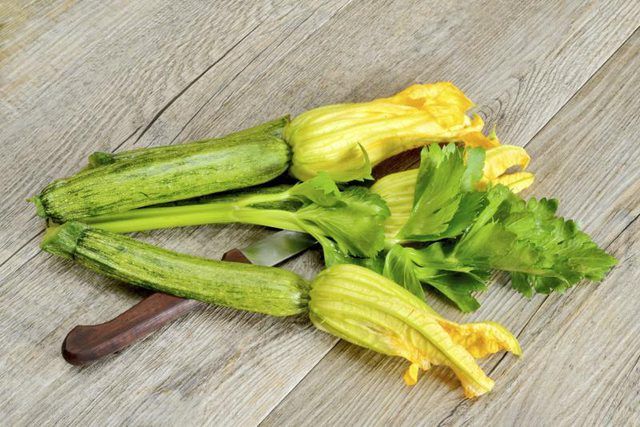Bulbs
Flower Basics
Flower Beds & Specialty Gardens
Flower Garden
Garden Furniture
Garden Gnomes
Garden Seeds
Garden Sheds
Garden Statues
Garden Tools & Supplies
Gardening Basics
Green & Organic
Groundcovers & Vines
Growing Annuals
Growing Basil
Growing Beans
Growing Berries
Growing Blueberries
Growing Cactus
Growing Corn
Growing Cotton
Growing Edibles
Growing Flowers
Growing Garlic
Growing Grapes
Growing Grass
Growing Herbs
Growing Jasmine
Growing Mint
Growing Mushrooms
Orchids
Growing Peanuts
Growing Perennials
Growing Plants
Growing Rosemary
Growing Roses
Growing Strawberries
Growing Sunflowers
Growing Thyme
Growing Tomatoes
Growing Tulips
Growing Vegetables
Herb Basics
Herb Garden
Indoor Growing
Landscaping Basics
Landscaping Patios
Landscaping Plants
Landscaping Shrubs
Landscaping Trees
Landscaping Walks & Pathways
Lawn Basics
Lawn Maintenance
Lawn Mowers
Lawn Ornaments
Lawn Planting
Lawn Tools
Outdoor Growing
Overall Landscape Planning
Pests, Weeds & Problems
Plant Basics
Rock Garden
Rose Garden
Shrubs
Soil
Specialty Gardens
Trees
Vegetable Garden
Yard Maintenance
How to Hand-pollinate Zucchini
How to Hand-pollinate Zucchini. Famed for its prodigious output and occasional monster-size fruit, zucchini squash (Cucurbita pepo) is an annual garden staple. But those prolific zucchinis don't come without a helping hand. Zucchini flowers require pollinators -- insect or human -- to bear their delicious fruit. Hand-pollination is a fun, simple...

Famed for its prodigious output and occasional monster-size fruit, zucchini squash (Cucurbita pepo) is an annual garden staple. But those prolific zucchinis don't come without a helping hand. Zucchini flowers require pollinators -- insect or human -- to bear their delicious fruit. Hand-pollination is a fun, simple activity suited for family members from young to old.
Reasons and Benefits
Zucchini plants have separate male and female flowers. For squash to grow, pollen must be transferred from male blossoms to female blooms. Wind is no help -- zucchini pollen is heavy and sticky. Bees often carry out the task, but their numbers may be low in some areas, particularly urban zones. Weather also plays a role. Cool, rainy days and high heat slow down pollinator activity. When limited or incomplete pollination occurs, zucchini fruits suffer. Hand-pollination ensures complete, thorough pollination and improves zucchini quality and quantity.
Male vs. Female Flowers
Discerning between male and female blooms is the first step in hand-pollination. Look at the stem beneath the bloom, and the flower's sex is clear. Male blooms have long, thin stems that look the same from vine to blossom. Female flowers hold a tiny zucchini right below their bloom, ready and waiting to grow. The flower centers also hold answers. Male blossoms have a fuzzy center anther, similar to a pollen-covered cotton swab. The bumpy, golden-orange center of female flowers is their sticky, pollen-receiving pistil.
Planning and Timing
Most zucchini plants produce all male flowers at the beginning of each season. Female flowers appear later, once pollen is ready and waiting. When plants have both male and female blossoms, the time for hand-pollination has arrived. Squash flowers open in morning and close at evening. Blooms are only receptive for one day. Plan your work for early morning, right after squash flowers open. Morning humidity helps pollen stick to its target. Don't be alarmed if some pollinators join you in your work. They're focused on the blooms, not you.
Pollination Techniques
Pollen can be transferred with a small artist's paintbrush, but male blooms form perfect botanical brushes. The male flower's stem is your handle; cut it carefully where it connects to the vine. Then remove the flower's petals, leaving its pollen-covered anther at the center. Remove the petals from female flowers or leave them intact, whichever you prefer. Take the male flower and firmly, thoroughly cover the female flower's center pistil in pollen. You've now hand-pollinated your first bloom. One male flower pollinates several females, but be generous with each one. You'll enjoy the rewards come harvest time.